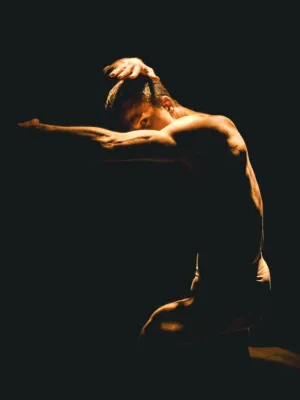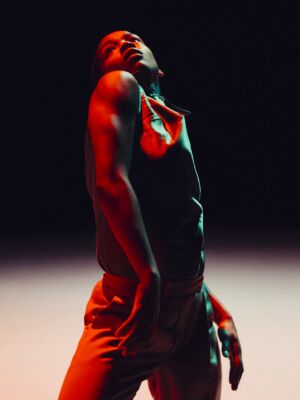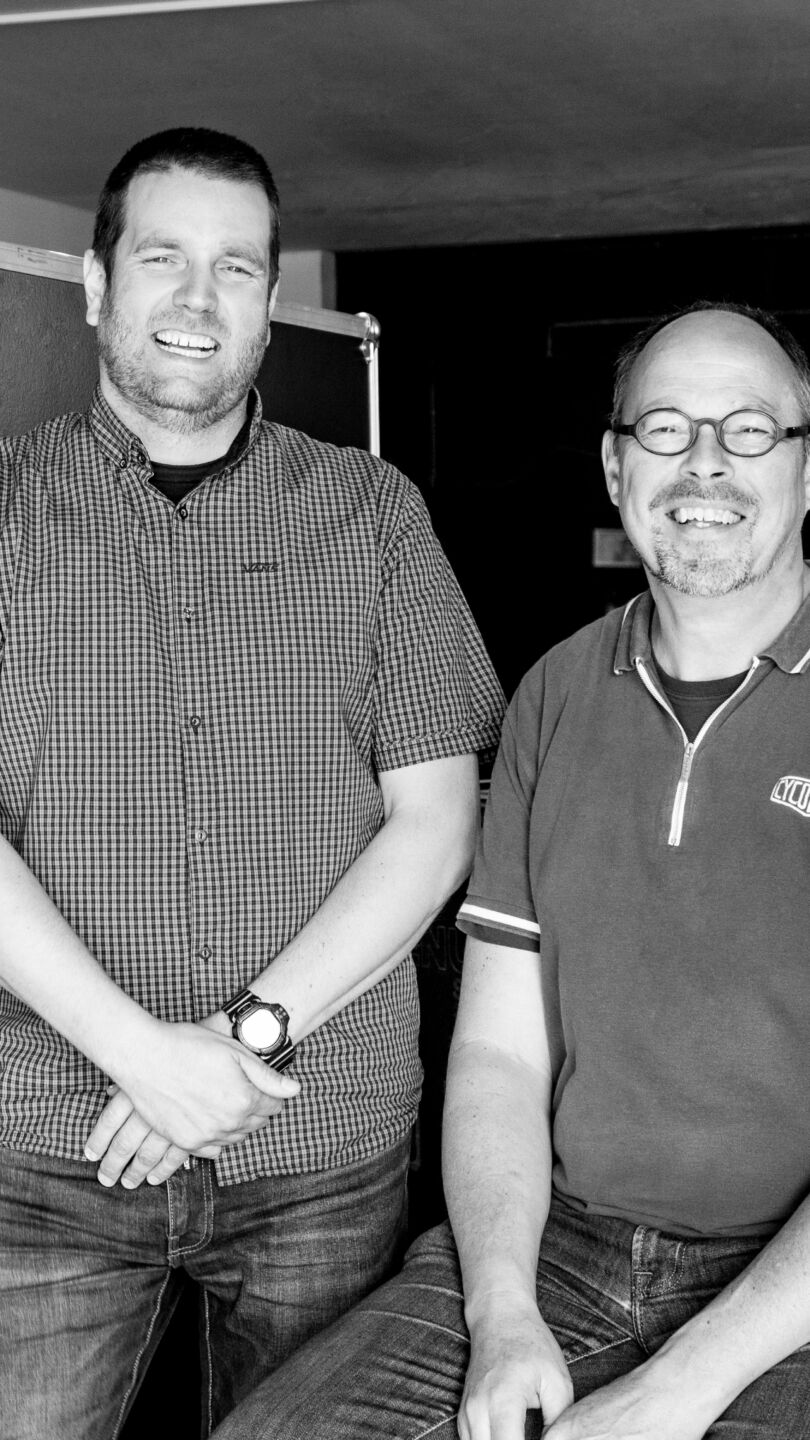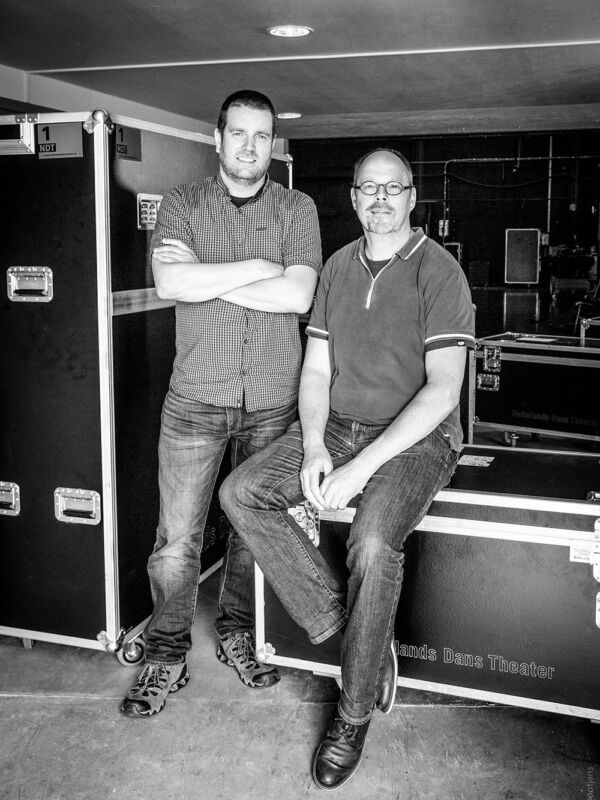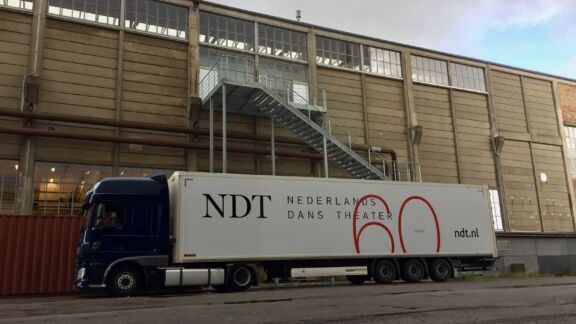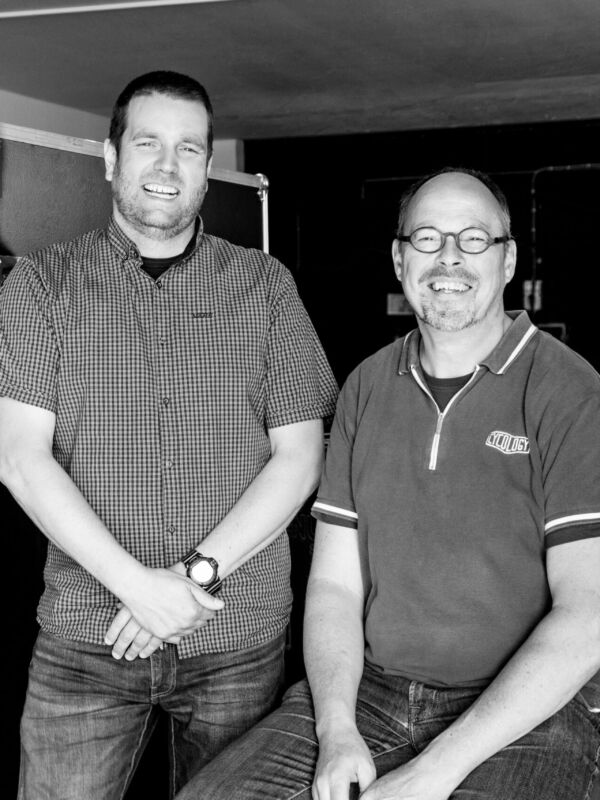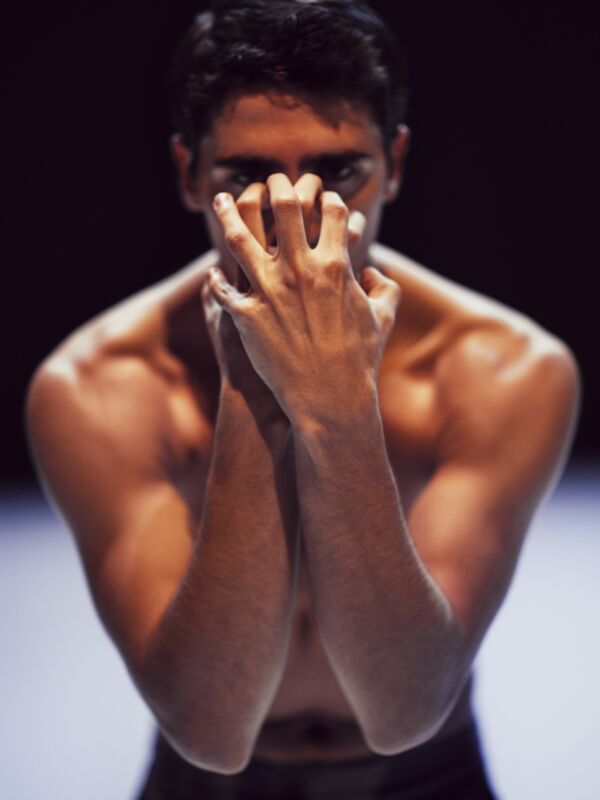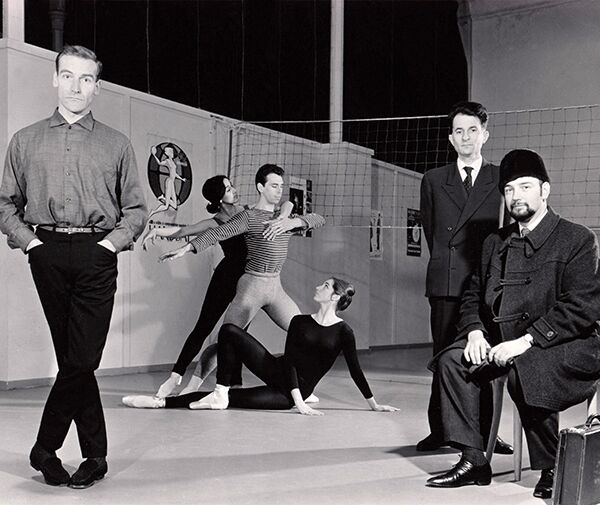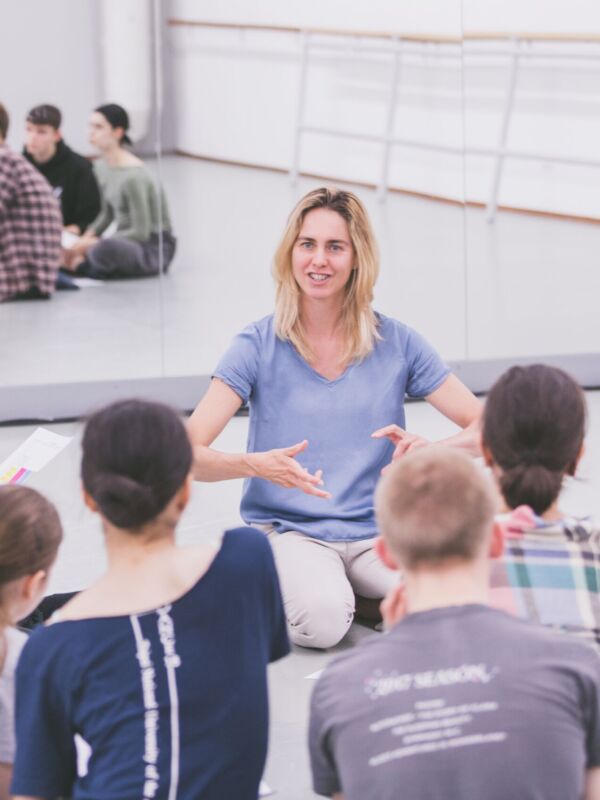Jack of all trades
However, taking the step to the professional world of theater wasn’t that straightforward. Although he did send an unsolicited application to the set workshop of the Muziektheater (as it was then still known) he decided to take the advice to be educated as a furniture-maker first. After Eric graduated as an engineer, he became an inspector at the Reeuwijk municipal Housing and Building Control Department. However, he couldn’t deny what was in his blood. “The Nederlands Jeugdtheater, which I knew from my time in Gouda, asked me to become their technician. Nobody around me could understand why I would accept their offer and give up a steady job with good pay for such a precarious livelihood. But I heard the theatre calling out to me.” In 1990, when he was a technician at Alexandra Radius’ farewell performance “De ballerina, een tijdsbeeld”, he was already introduced to dance. Soon after, his connection with Nederlands Dans Theater started. From 1990 until 1992, he was a lighting technician of NDT 2 and 3, and from 1995 until 1999, of NDT 1. After this, his career went on a remarkable hiatus. For almost ten years, he was employed at the municipality of Gouda, the last three years of which he was the director of City Marketing. “This was simply due to my personal circumstances. Within one and a half years, I had become the father of three children and couldn’t combine this with all the traveling I was doing at NDT. A month after the twins were born, I went to Brazil for a long tour. As you can imagine, my wife was not very happy about that.” After Joost had finished his education as a furniture maker, he got the opportunity to go on tour as a jack of all trades with the Japanese percussion group Wadaiko Ichiro. After this, he worked in theater in various ways and was also introduced to dance for the first time. “I often worked for the Baasbank en Baggerman agency who had many modern dance productions performed in The Netherlands.” However, at that time, his dream was to work for Dogtroep, a dream that became a reality in 1998. “I started working there as a volunteer, and eventually, they suddenly made me their head technician, even though I was much too young for that. I learned this the hard way.”

